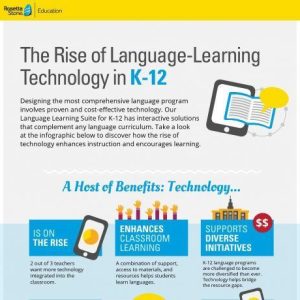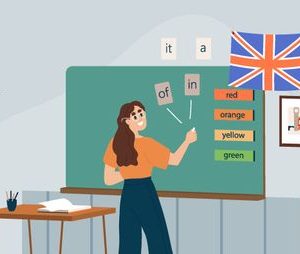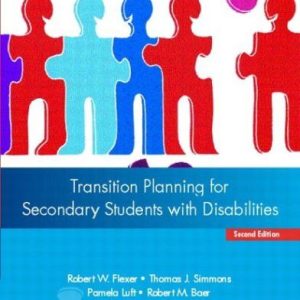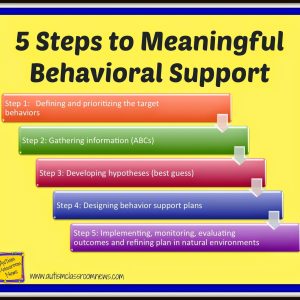Technology has the power to revolutionize education by making it more inclusive and accessible for all learners. Inclusive practices in education ensure that every student, regardless of their background or abilities, has the opportunity to succeed. By harnessing the potential of technology, educators can create a learning environment that is conducive to the needs of all learners.
Understanding Inclusive Education
Inclusive education is a concept that promotes the idea of providing equal opportunities for all students, including those with disabilities or special needs. It involves creating a supportive and welcoming environment where every student feels valued and respected. Inclusive practices in education recognize and celebrate the diversity of learners, helping them reach their full potential.
The Role of Technology in Inclusive Education
Technology plays a crucial role in making education more inclusive. Assistive technologies, such as speech recognition software, text-to-speech programs, and digital braille displays, can help students with disabilities access educational content. Online platforms and learning management systems also provide opportunities for personalized learning, enabling educators to tailor instruction to meet the individual needs of each student.
Furthermore, technology facilitates collaboration and communication among students, teachers, and parents, fostering a sense of community and support. Virtual classrooms and online forums create a space where students can engage with their peers and participate in discussions, regardless of physical limitations or geographical distance.
Implementing Inclusive Practices in Education
Here are some strategies for incorporating inclusive practices in education using technology:
1. Provide Multiple Means of Representation
Use multimedia resources, such as videos, podcasts, and interactive simulations, to present information in different formats. This allows students to engage with content in a way that suits their learning style and preferences.
2. Offer Multiple Means of Expression
Encourage students to demonstrate their understanding through a variety of mediums, such as written essays, presentations, videos, or audio recordings. This allows students to showcase their knowledge and abilities in ways that align with their strengths.
3. Support Multiple Means of Engagement
Give students opportunities to collaborate with their peers, work on group projects, and participate in discussions. This fosters a sense of belonging and community, creating a supportive learning environment for all students.
The Benefits of Inclusive Education
By embracing inclusive practices in education, educators can create a more equitable and supportive learning environment for all students. Inclusive education benefits not only students with disabilities or special needs but also those without, promoting empathy, understanding, and respect among all learners.
Furthermore, inclusive practices prepare students for the diverse and interconnected world they will encounter beyond the classroom. By learning to collaborate with individuals from different backgrounds and abilities, students develop essential skills for success in the 21st century workplace.
Conclusion
Advocating for inclusive practices in education is essential for creating a learning environment where every student has the opportunity to thrive. By harnessing the power of technology, educators can design inclusive learning experiences that cater to the diverse needs of all learners. Embracing inclusive education not only benefits students with disabilities but also enriches the educational experience for all students, fostering a culture of diversity, equity, and inclusivity.







